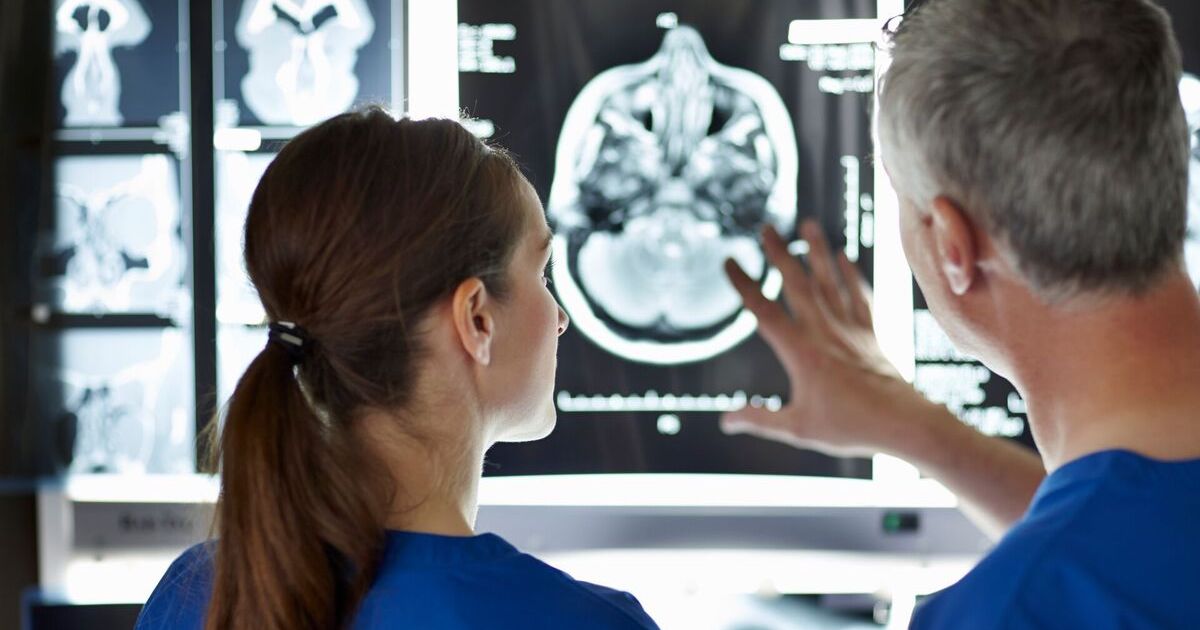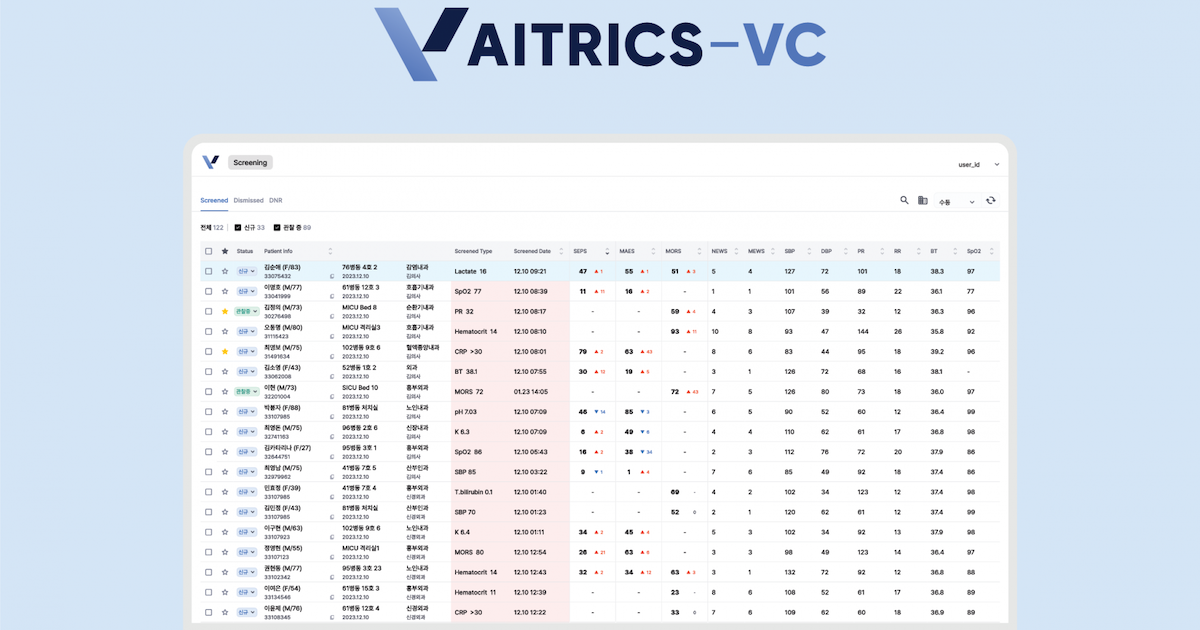
Photo: Wheeleo Walker/Pexels
New research from South Korea suggests that combining light and AI could deliver more precise early diagnosis and treatment evaluation of Parkinson’s disease.
A team of researchers from the Korea Advanced Institute of Science and Technology (KAIST) and the Institute for Basic Science (IBS) explored the combination of AI and optogenetics to drive early and precise diagnosis and treatment of Parkinson's using a mouse model.
The Korean government-backed study, which findings were published in Nature Communications, introduced AI-based 3D posture estimation in behavioural analysis as part of Parkinson's diagnosis. It also leveraged optogenetics, which precisely controls brain nerve cell function with light, in disease treatment.
A mouse model, which developed Parkinson's due to abnormalities in the alpha-synuclein protein, was established. Researchers analysed 340 behaviour signals, including gait, hand and food movements, and tremors, using AI to create a scoring system called the Parkinson's Behavioral Index.
FINDINGS
The Parkinson's index was validated in a study, where it more accurately identified Parkinson's at an early stage than conventional tests. It also determined the degree of the disease more sensitively than a motor ability test. Additionally, the study identified changes in stride length, asymmetry of hand and foot movements, and chest tremor as key diagnostic factors.
The index was also applied to a mouse model of Lou Gehrig’s disease, where it remained low despite motor decline, confirming it reflects changes unique to Parkinson’s.
For Parkinson's treatment, the team utilised the optogenetic technology, optoRET, which was confirmed to improve walking and limb movements and reduce tremors in the mouse model. The study also showed that shining light on alternate days was the most effective and appeared to protect dopamine neurons in the brain.
WHY IT MATTERS
The research team's novel model for Parkinson's care aimed at overcoming diagnostic sensitivity issues and pharmacological limitations in signal modulation in existing methods.
"This study is the first in the world to implement a preclinical framework that connects early diagnosis, treatment evaluation, and mechanism verification of Parkinson’s disease by combining AI-based behavioural analysis and optogenetics," claimed KAIST professor Won-Do Heo.
He said their research paves the way for next-generation personalised and precise treatment of Parkinson's disease.
THE LARGER TREND
The latest Parkinson’s research and innovation across Asia-Pacific highlight earlier detection and digital interventions. South Korea's largest hospital, Asan Medical Center, for example, has developed a generative AI model, based on nearly 2,000 dopamine transporter PET scans, to diagnose Parkinson’s disease and predict its course.
In Australia, a Parkinson's app helps retrain gait through rhythmic metronome beats. Meanwhile, researchers at the University of New South Wales have developed an AI tool that analyses blood metabolites to detect Parkinson’s up to 15 years before symptoms appear.


